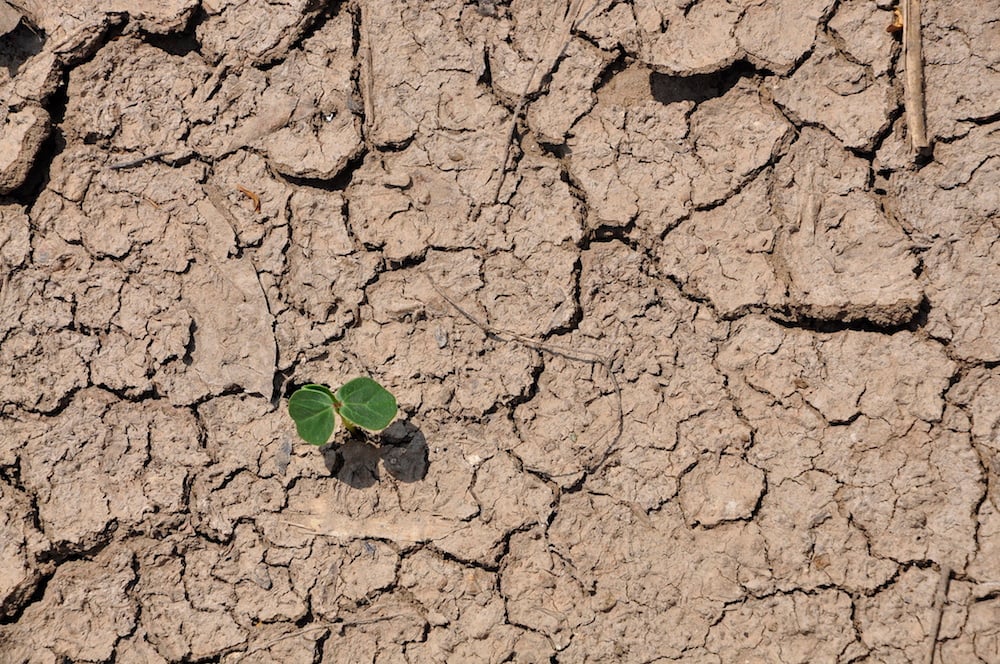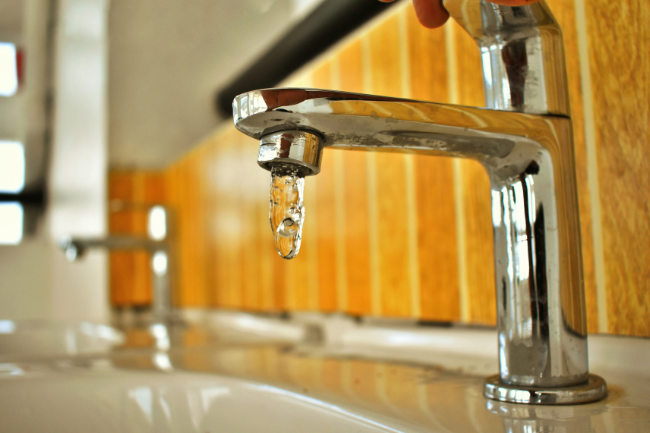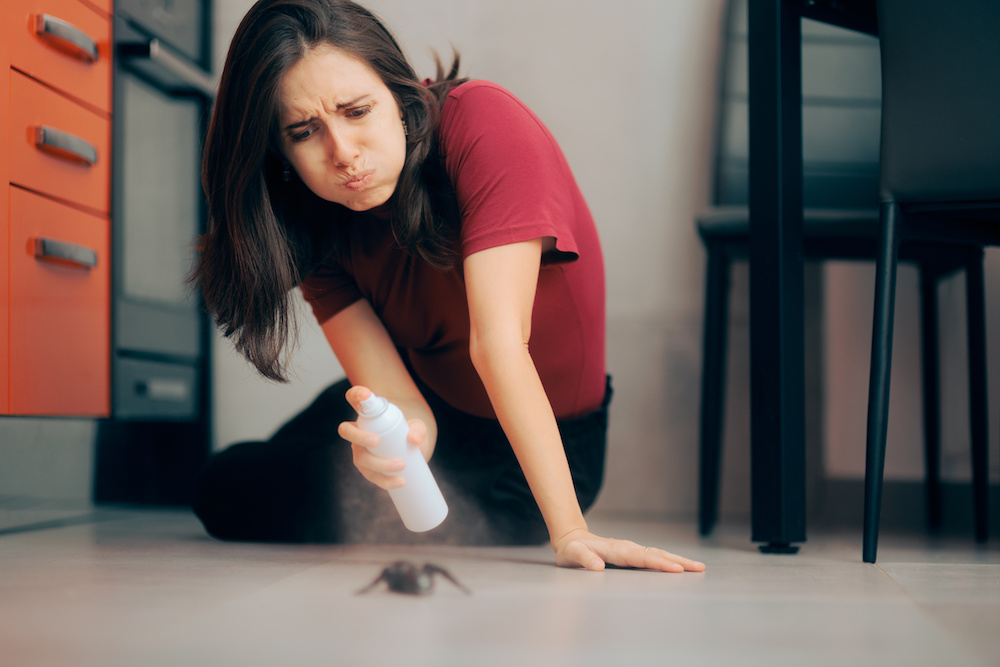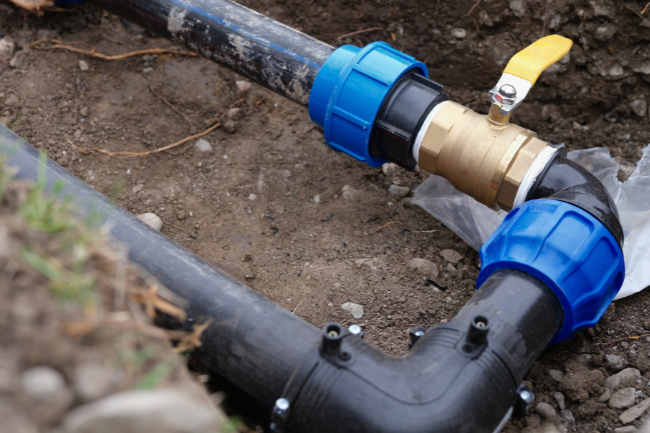California Water Restrictions Set for 2022 (+ 25 Water Saving Tips)
Posted by Express Sewer & Drain Team on

After years of voluntary restrictions, the California State Water Resources Control Board has announced mandatory water restrictions in 2022. This will affect the state and Sacramento area residents and businesses in a number of ways.
According to the new California water mandates, restrictions will include:
- No watering lawns for two days after rain
- No using drinking water to clean sidewalks and driveways
- No sprinkler runoff onto sidewalks
- No car washing unless the hose has a nozzle that automatically stops water flow when not in use
- No outdoor watering that causes runoff into the street (an exception is tree watering)
If you’re found in violation of these restrictions, fines can run up to $500 per day although a warning would usually come first. The Board did state that enforcement would be more focused on “local water districts with no specialized force being put out to monitor neighborhoods specifically.” Neighbors who want to report violations can do so through the Board website.
Why California Water Restrictions Are Going Into Effect
Although recent rains in California have alleviated drought conditions throughout the Golden State, regulators adopted the new mandates due to projections that indicate another bad drought year, with February and March expected to be drier than normal. And, unfortunately, voluntary restrictions weren't successful enough; state water reductions were down just 6% under these measures last year, while the Governor had hoped for that figure to be closer to 15%.
“Conserving water and reducing water waste are critical and necessary habits for everyone to adopt as we adjust to these uncertainties and we build resilience to climate change, so adopting emergency regulations now just makes sense,” said California Water Board Chief Deputy Director Eric Oppenheimer. “We need to be prepared for continued drought. There’s not going to be like a statewide force of water cops or anything like that.”
Mandates are expected to go into effect starting on January 15th and will stay in place for one year unless renewed.
25 Tips for How Sacramento Residents Can Conserve Water
Aside from abiding by the new California water restrictions, what else can Sacramento homeowners do to conserve water in preparation for future droughts? As your local plumber, we have some ideas!
- Check your toilet for leaks. A running or leaky toilet can waste up to 6,000 gallons of water per month. Take the lid off of your toilet’s tank and put in a couple of drops of dye and wait 15-20 minutes. Then, check the bowl. If dye is present, then there’s a leak allowing tank water to flow into the bowl.
- Stop using your toilet as an ashtray or wastebasket. Every cigarette butt or tissue you flush away also flushes away five to seven gallons of water.
- Put a brick in your toilet tank. This has been shown to save five gallons or more of water every day without harming the efficiency of the toilet. Just be sure to place it away from the operating mechanism.
- Check faucets and fixtures for leaks. A faucet that’s leaking about one drip per second can waste about 17 gallons over the course of a day. And, it could be nothing more than a faulty rubber washer in the faucet handle that you can replace with a new one.
- Install water-saving showerheads or flow restrictors. These can cut your shower flow to about three gallons a minute instead of five to ten, and they’re easy to install.
- Update your fixtures and toilets. Many homes in Sacramento have old plumbing fixtures. If your home’s water-using equipment doesn’t have WaterSense labeling, consider efficiency improvements such as new-model aerators for faucets and low-flow water-saving toilets.
- Use a front-loading laundry machine. They consume almost 200% less water than traditional top-loading machines.
- Wait for full laundry loads. Your automatic washer uses 30 to 35 gallons per cycle. So, try not to use the washing machine for half-or quarter-loads.
- Time your showers. Keeping showers less than five minutes can result in up to 1,000 gallons of water savings every month.
- Take baths. A partially filled tub uses less water than all but the shortest showers.
- Use the dishwasher. Washing dishes by hand consumes 4-5 times more water than dishwashers.
- Wait for full dishwasher loads. Every time you run your dishwasher, you use about 25 gallons of water.
- Use a high-efficiency dishwasher. These can use up to 50% less water than older models.
- Turn off the water when brushing your teeth. Before brushing, wet your brush and fill a glass for rinsing your mouth.
- Turn off the water when shaving. Fill the bottom of the sink with a few inches of warm water in which to rinse your razor.
- Thaw frozen foods. Take meats and other items out of the freezer for thawing rather than running them under water.
- Rinse vegetables in a bowl of water. Don't let the faucet run while you clean vegetables to conserve water.
- Water lawns in the morning and evening. This is when the sun’s rays and its heat are least powerful, so water will not simply evaporate when it hits the lawn.
- Deep-soak your lawn. When you water your lawn, water it long enough for water to seep down to the roots where it is needed. A light sprinkling that sits on the surface will simply evaporate and be wasted.
- Plant drought-resistant trees and plants. There are many beautiful trees and plants that thrive without much irrigation.
- Put a layer of mulch around trees and plants. This helps slow the evaporation of moisture.
- Use a broom to clean driveways, sidewalks, and steps. Using a hose can waste hundreds of gallons of water.
- Don't run the hose while washing your car. This is part of the California water restriction mandate, but always soap down your car from a pail of soapy water and use a hose only to rinse it off.
- Check for irrigation leaks. If you have an irrigation system for your landscaping, a line crack or loose joint could allow water to leak even when the irrigation system is off. To spot these leaks, check your lawn for unusually damp patches or areas of grass that are lusher than its surroundings. If you think you have a leak, consult a professional plumber to find the location of the leak and to fix or replace the affected irrigation lines.
- Check for lateral line leaks. Sometimes, one of the underground pipes feeding water from your metered connection to your home may have a crack or loose joint. The best solution is to contact a professional who can recommend fixes such as traditional trench & replace, trenchless pipe lining, or pipe bursting.
Express Sewer & Drain is Here For All Your Plumbing Needs
With the California water restriction mandate going into effect, now is a great time to think of other ways to help conserve water. Of course, if you want to learn more about the many factors that affect your water bill and usage, as well as what you can do to limit your consumption and save money, contact Express Sewer & Drain today. Our plumbing and water pipe professionals are available to assist you with all of your Sacramento home plumbing repair and replacement needs.
Topics: Plumbing Tips







